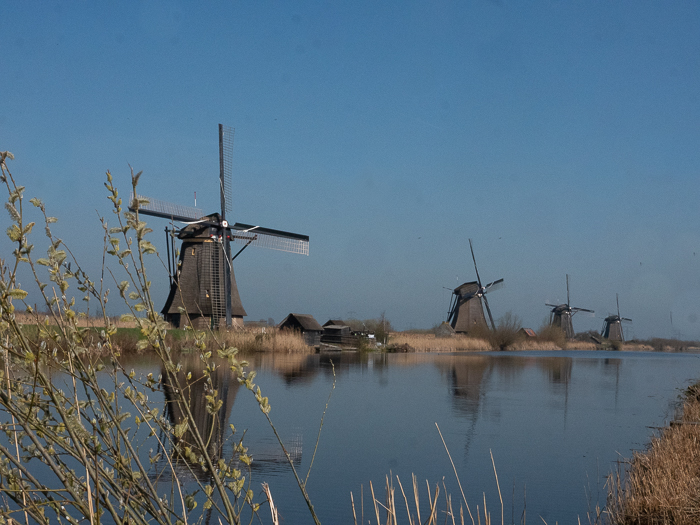Near the beach of Rotterdam, you find the Maeslantkering. A moving dam, 240 meters broad, closes the port automatically as the sea rises to a dangerous level.
After you have seen the highlights of Rotterdam like the Market Hall and the Museum Quarter; after you make a trip with the water bus through the port and visit the cubic houses there is one more place to go. Because you do want to visit the largest moving water barrier in the world: the Maeslantkering. Do stop at this magnificent dam which closes the port of Rotterdam when weather conditions get apocalyptical and afterward relax with a cocktail on the beach.
➔ Rotterdam Markthal

How to get to Rotterdam Beach and the Maeslantkering
To get to Rotterdam Beach and the Maeslantkering you take bus 33 or 35 or Metro line B to Maeslantkeringweg 139 in Hoek van Holland. From the railway station, it is a 4-kilometer walk to the Maeslantkering. So you’d rather take the bus which stops closer than the Metro. At the Maeslantkering, you can relax with a drink and a sandwich in the visitor’s center; visit the exhibition, and book a guided tour with a professional guide.

For the kids, there is a playground where they can build dikes and guide vessels. Above all, you do not want to miss the annual operational closure of the Maeslant barrier, the largest moving water barrier in the world, on the second or third weekend in September. So plan your visit well in advance.


The function of the Maeslantkering near Rotterdam Beach
In 1953 a heavy north-westerly storm raging for days pushed up the sea unprecedentedly high in The Channel. The dikes in the southwest of the Netherlands break. With a death toll of 1853 victims, the flooding is a national disaster. To protect the lowest parts of the country the Dutch government launches the Delta Works. A huge project aiming at the reinforcement of dikes, building dams, and protecting Rotterdam and its hinterland. The Maeslantkering was built to protect the city of Rotterdam and the polders east of the city – which ly up to 6,7 meters below sea level – against extreme weather conditions in combination with a spring tide and exceptionally high water levels. However, water levels as such might occur, statistically seen, only once in 100.000 years.

The Maeslantkering has 2 doors, 210 m wide, 22 m high, and 15 m deep. Closing the barrier takes a total of 2 hours. The gigantic doors turn to their closing position over ball joints with a diameter of 10 m and a weight of 680 tons. Once the Maeslantkering is closed, the port of Rotterdam is not accessible anymore.

You see Rotterdam beach from the viewpoint of the Maeslantkering
The viewpoint at the Maeslantkering offers a great impression of the massive steel construction that closes the port of Rotterdam at dangerous sea levels. In the distance on the open sea, you might see the largest container ships in the world getting into or sailing, out of the harbor of Rotterdam, to the horizon. In these waters, yearly 88.000 ships move in or out of the port.

On the south side of the waterway, you find the artificial peninsula the Maasvlakte. There the port of Rotterdam expands, among other things you see computerized container terminals and a liquid gas plant hidden between the cranes. Here, at the entrance of the port of Rotterdam, you find a fascinating beach. You might expect an industrial atmosphere. But the industrial activity only consists of a landscape dominated by the cranes of container terminals. And hanging out on the beach, lazing in the sun you see the ships pass by.


On the beach of Rotterdam
Metro line B takes you 45 minutes from the center of Rotterdam to the beach in the village of Hoek van Holland. It is a really nice walk from the railway station along the water to the beach. You pass the Atlantik Wall Museum and the Troposcatter, a Cold War monument before you get to the Landall Beach Villa where you can spend a night or two right on the beach near the pier leading to the port.
➔ Landal Beach Villa, Rotterdam












Leave A Reply